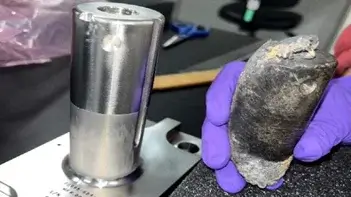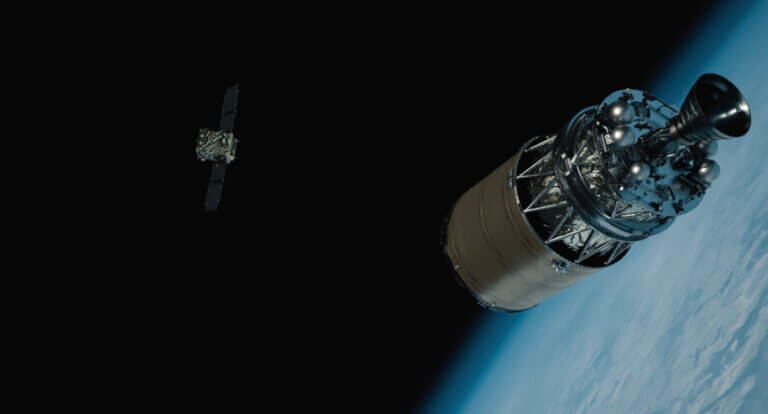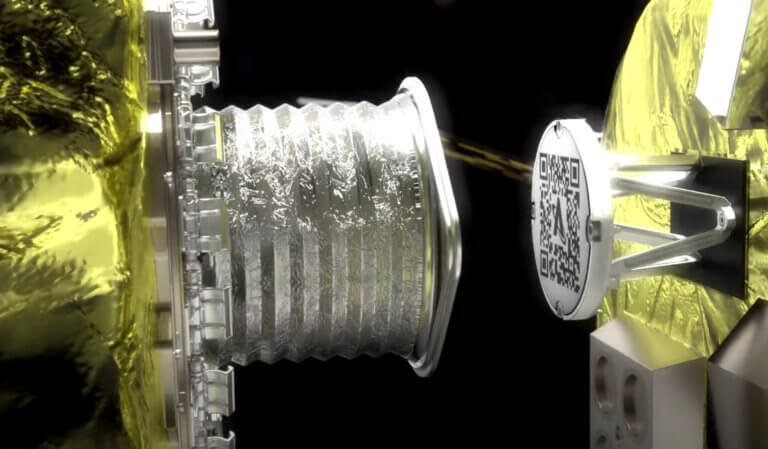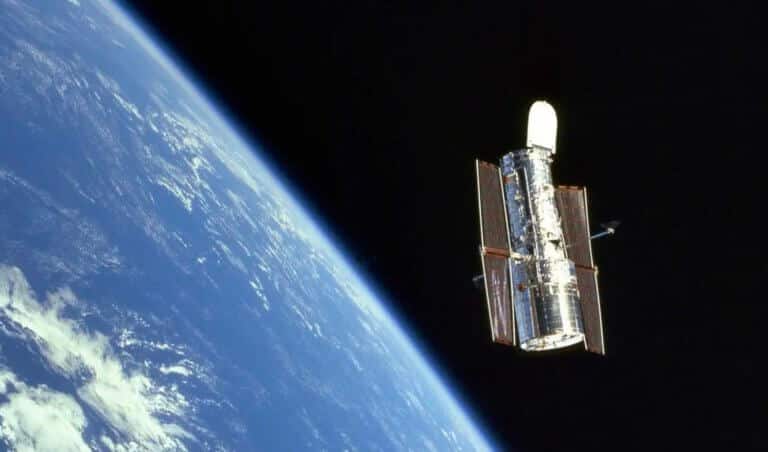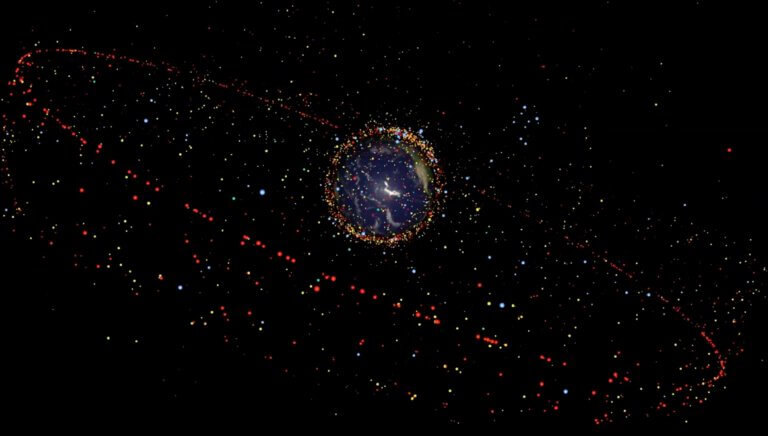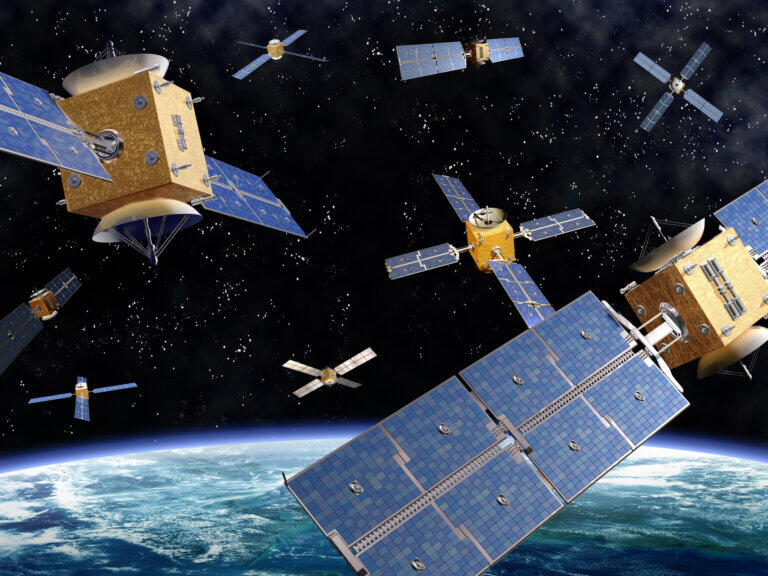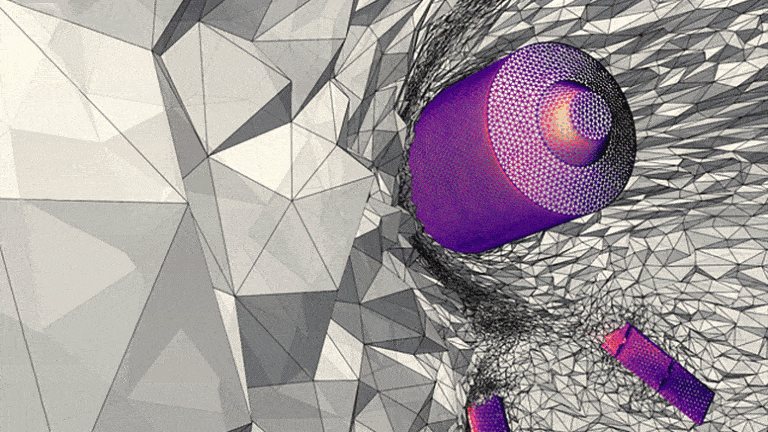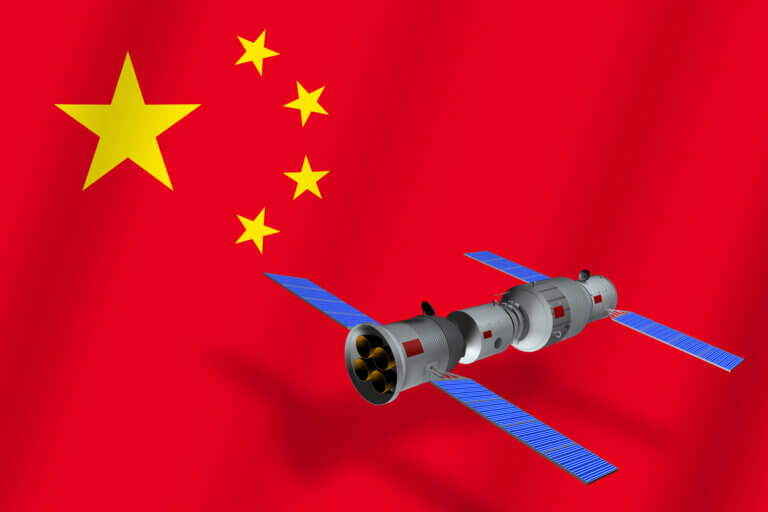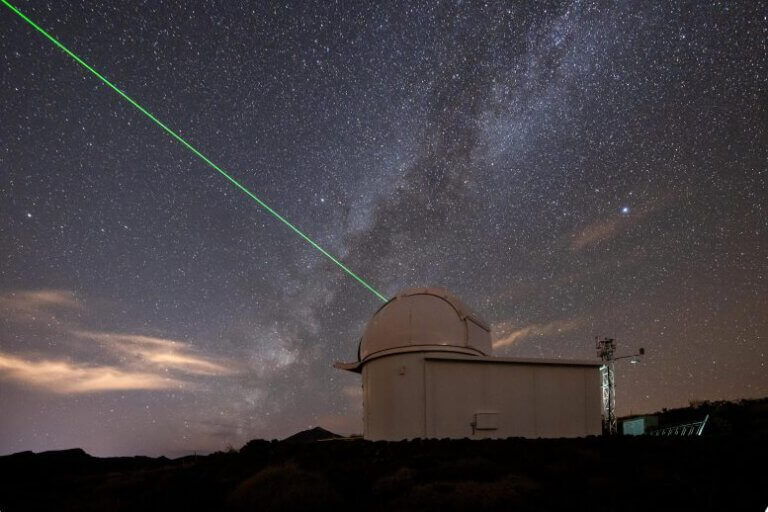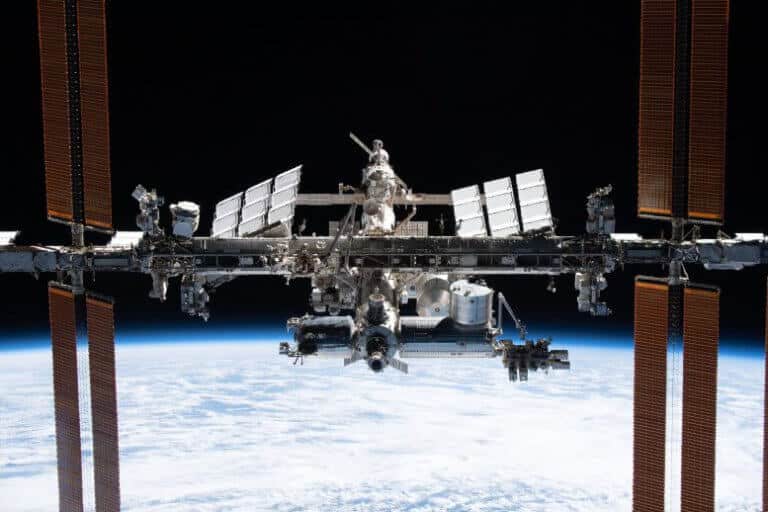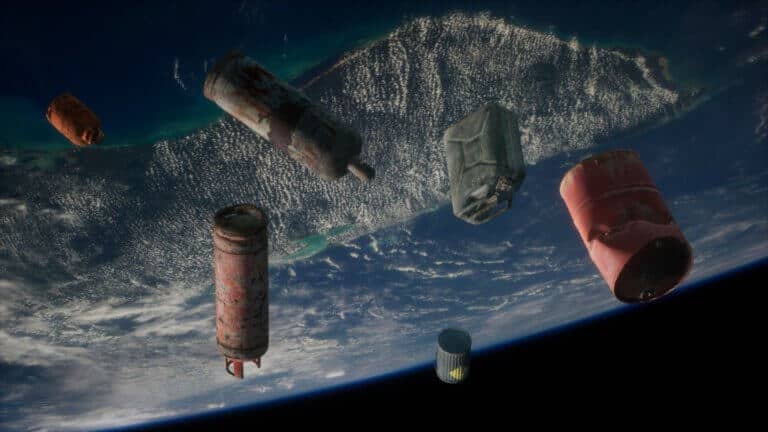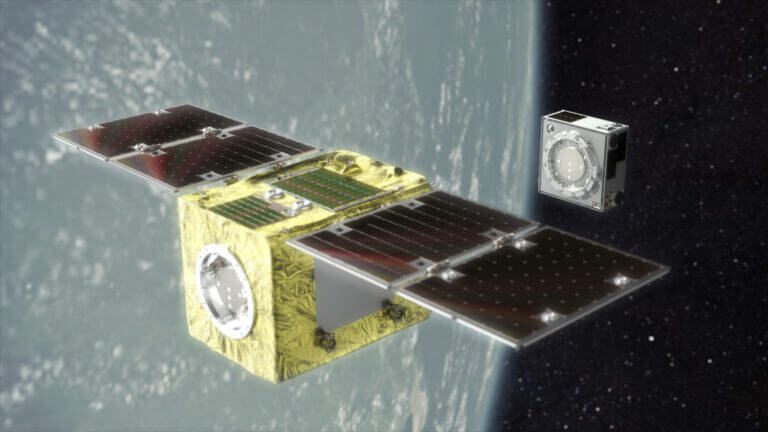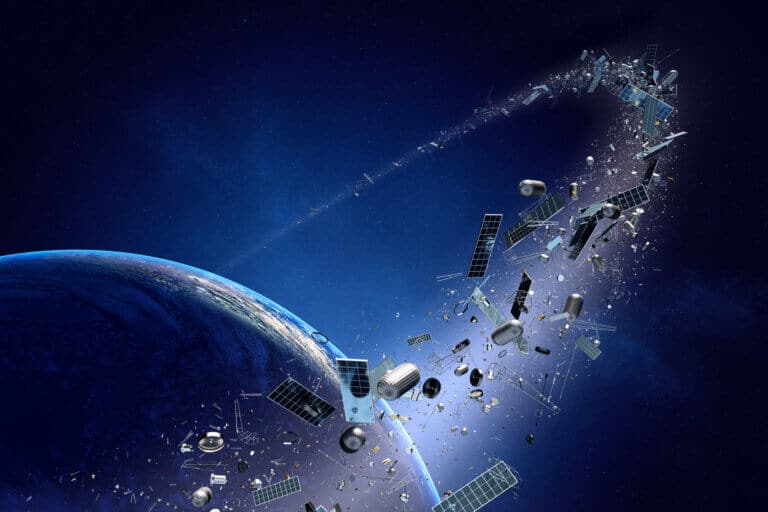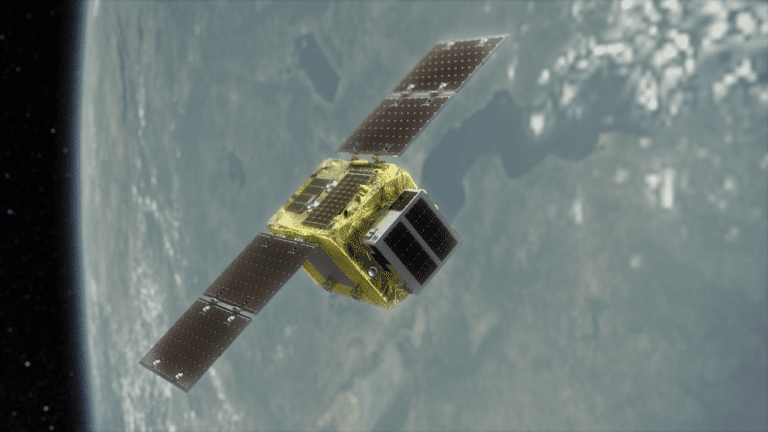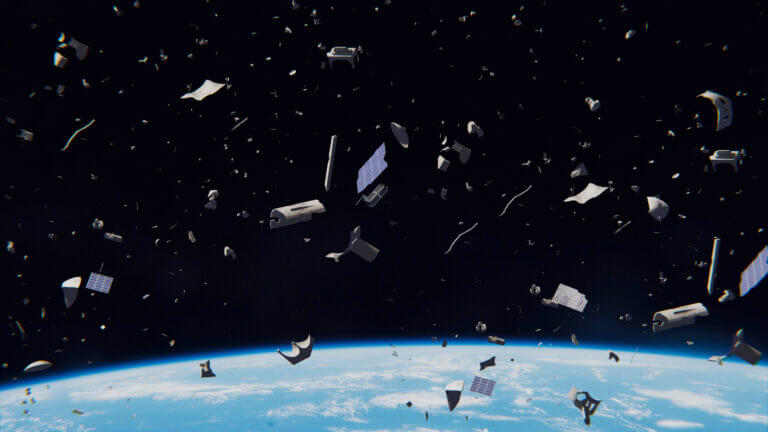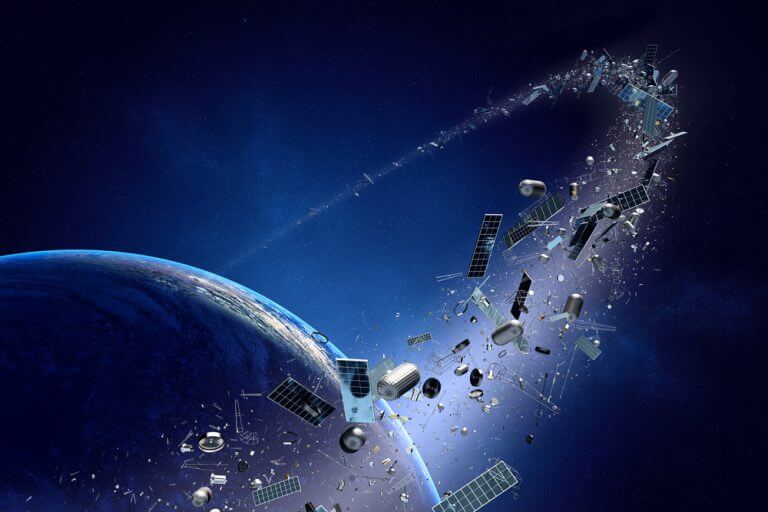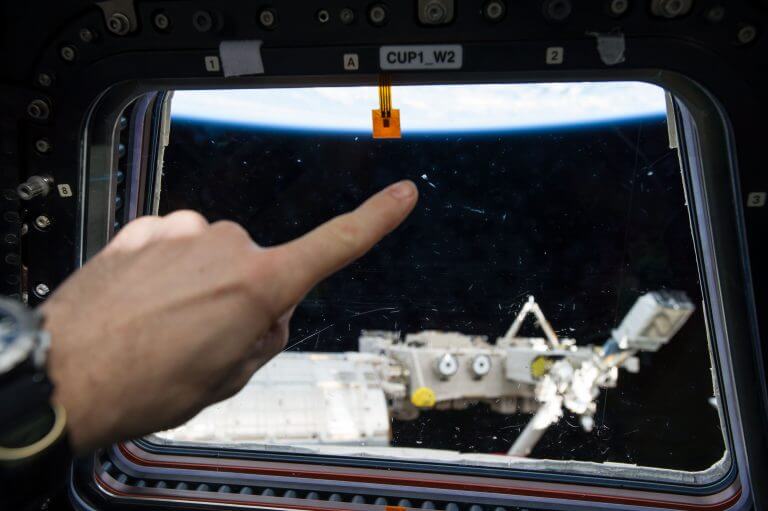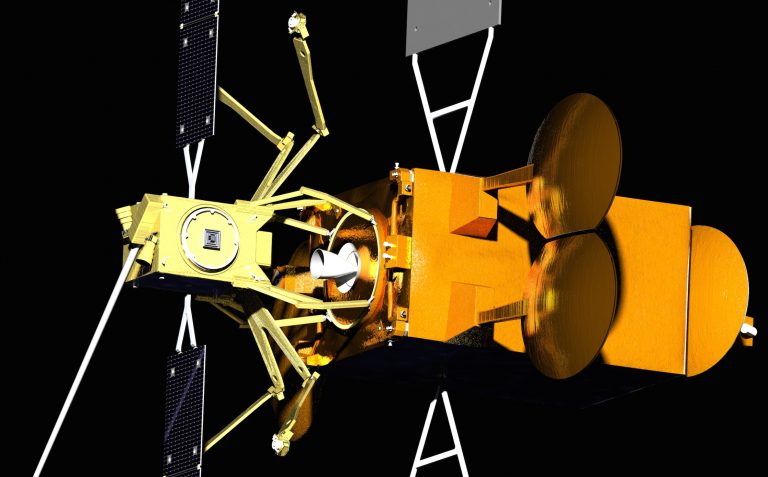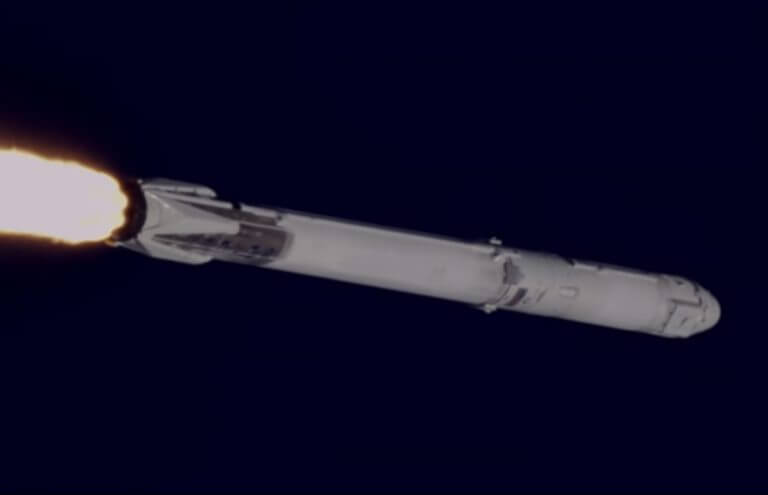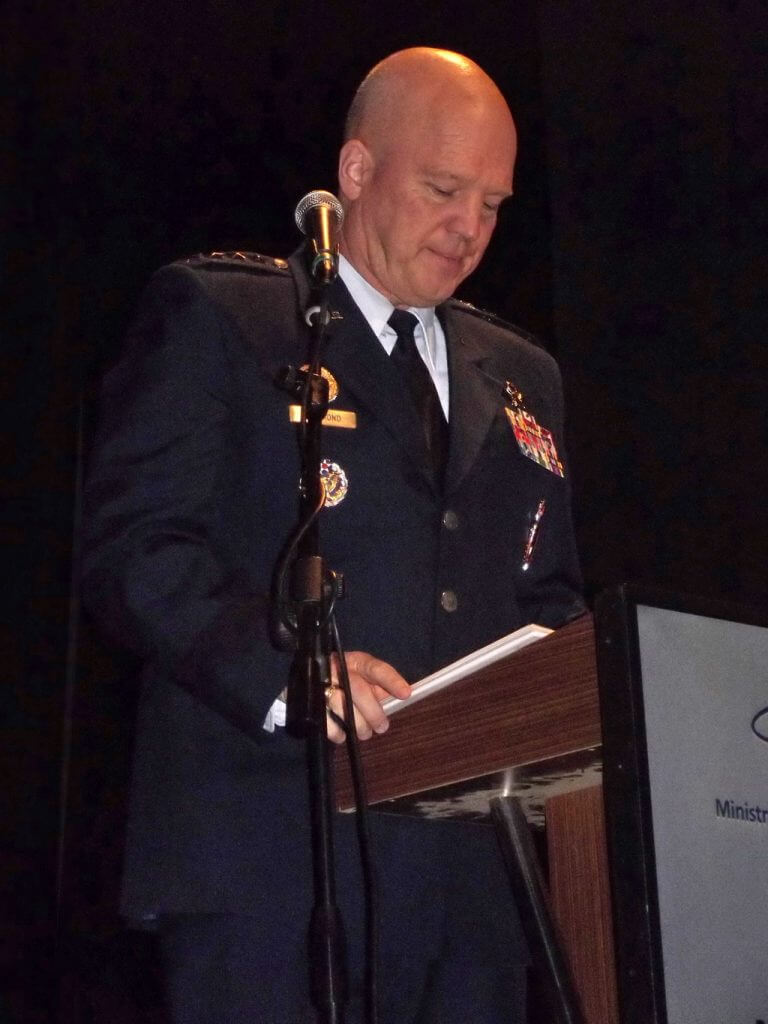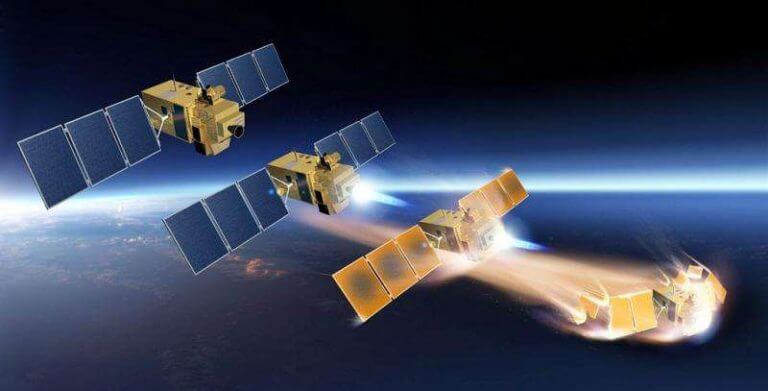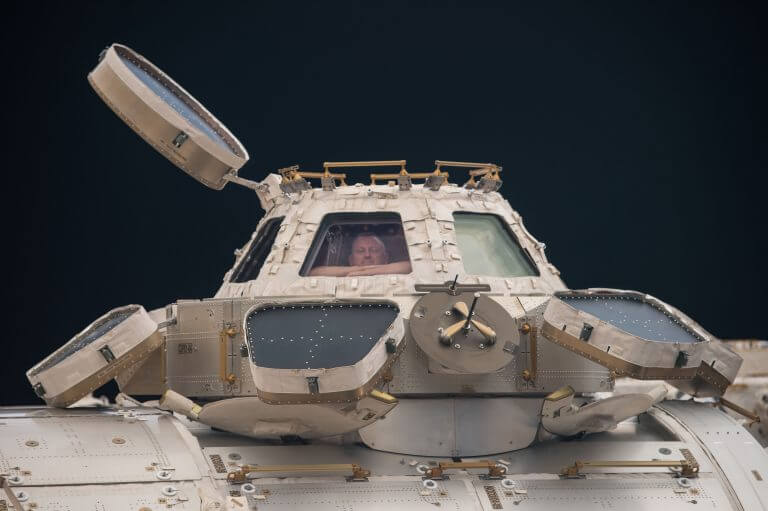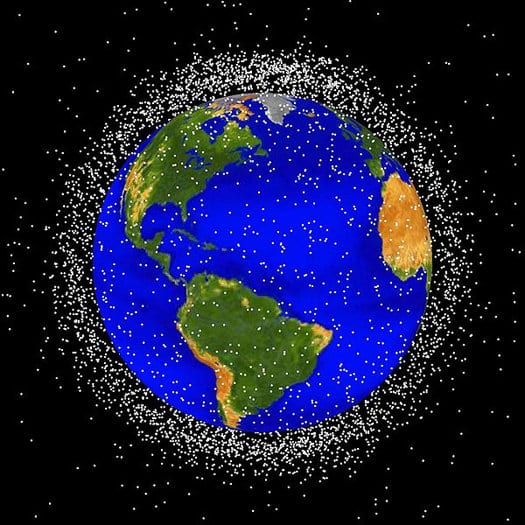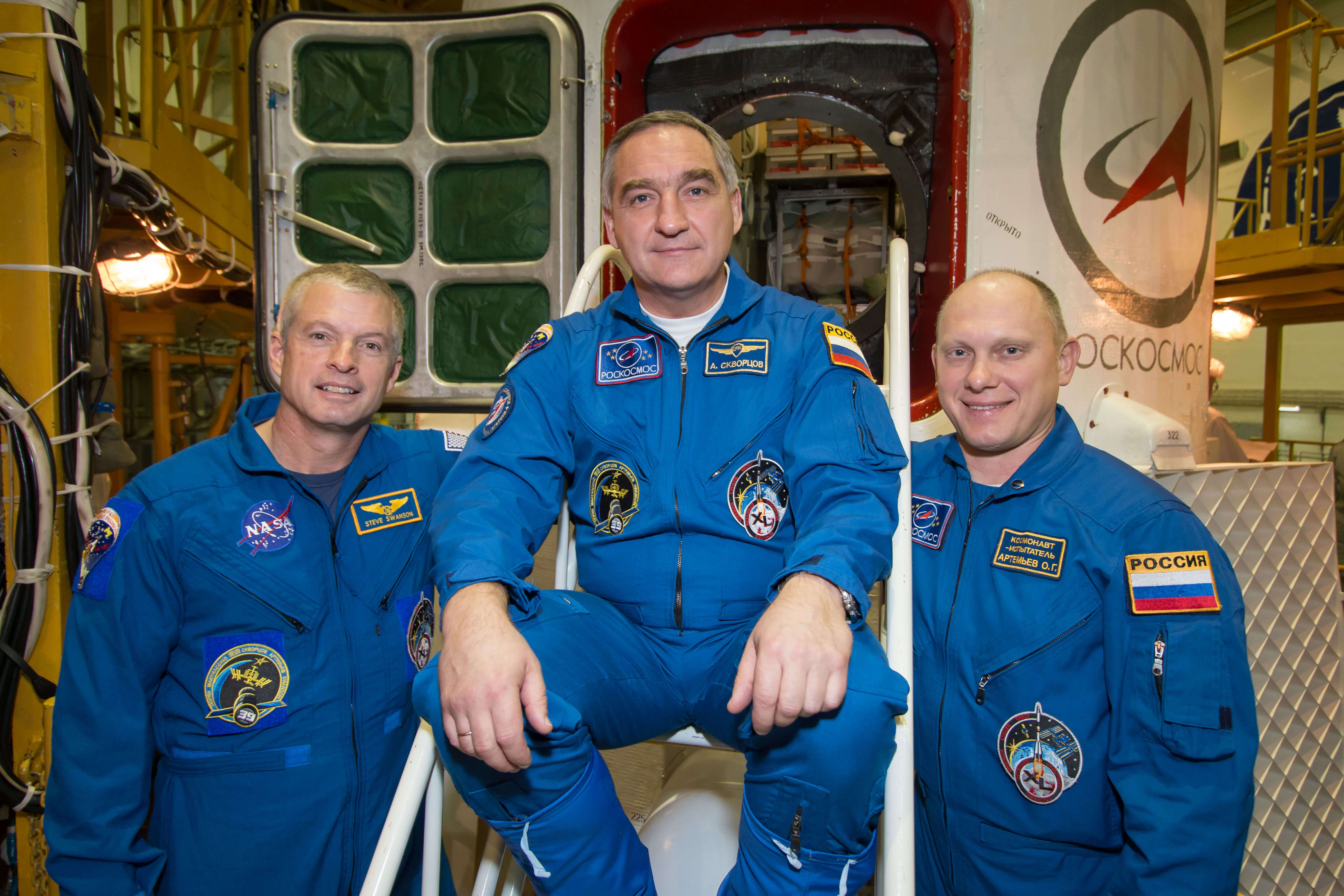Hayadan > space debris
space debris
- Avi Blizovsky
- April 25, 2024
- One response
Although the chance of space debris directly hitting humans or property on Earth is relatively low, the risk is increasing as more and more objects are thrown into orbit around the Earth. Scientists and space explorers are calling for coordinated international action to address the problem and prevent catastrophic scenarios in the future
- The science service
- February 20, 2024
- No comments
The ADRAS-J mission, which was launched into space to locate a piece of malfunctioning satellite 11 meters long and weighing 3 tons, will set new standards in the field of arrival and active removal of space debris, as well as in the provision of service to malfunctioning satellites in orbit around the Earth.
- Avi Blizovsky
- January 29, 2024
- One response
On 19/1/2024, a film titled ISS was released in the US, which describes an international incident that takes place on the space station following a war between blocs. In reality, the astronauts and cosmonauts work together despite the conflict between Russia and the West, but the end of the station is already in sight
- Avi Blizovsky
- June 28, 2023
- No comments
It will be equipped with a docking device that will allow connecting and 'towing' satellites and launchers and taking them off course
- Avi Blizovsky
- May 16, 2023
- 3 תגובות
Astroscale's collaboration with the Momentos company offers NASA a commercial solution that will allow the famous satellite - which recently celebrated its 33rd birthday - to be attached and towed to an orbit that will also be cleaned of space debris
- Avi Blizovsky
- April 30, 2023
- One response
Satellite manufacturers, spacecraft operators, and the like, should receive specific and verifiable commitments to limit the number of objects in space in practice, and not just the predicted number of abandoned objects they produce during their activity, and to include in the planning the waste disposal at the end of the vessel's life
- Avi Blizovsky
- March 15, 2023
- No comments
In an article published in the journal Science, the researchers suggest learning from the mistakes in the spread of plastic in the oceans so as not to repeat them in space
- Avi Blizovsky
- October 29, 2022
- One response
- Avi Blizovsky
- July 31, 2022
- One response
The upper stage of the Long March 5 launcher that uploaded a module to the Chinese space station Tiangong about a week ago crashed. These launchers lack a control system for re-entry into the atmosphere
- Avi Blizovsky
- February 23, 2022
- No comments
The European Space Agency's station in Tenerife is a technology testing facility and an essential first step in making waste reduction widely accessible to all players in space who have an impact on the future of our space environment * It will be able to track satellites even in the sky today
- Avi Blizovsky
- December 5, 2021
- One response
The bone in question was a piece of debris created during the breakdown of bone 23106 (Pegasus R/B). This is the upper stage of a Pegasus type launcher, which was launched on May 19, 1994 and broke up on June 3, 1996
- Avi Blizovsky
- November 16, 2021
- 2 תגובות
Russia conducted an anti-satellite weapon experiment in which an old Russian satellite exploded without prior warning to those responsible for the space sector in the Western armies, the Cosmos 1408 satellite was launched back in 1982 during the Soviet Union
- The science service
- March 24, 2021
- No comments
The satellite will be the first in the world to demonstrate technologies for attachment to space junk and its disposal
- Angle - a news agency for science and the environment
- February 16, 2021
Remnants of satellites, pieces of missiles and other pieces of equipment are currently floating around the Earth and can damage spacecraft and active facilities. A Swiss company will soon begin to try and remove this debris in the largest space cleanup operation to date
- The science service
- December 28, 2020
- No comments
The ELSA-d satellite is the first to demonstrate in space the core technologies needed to attach to space junk and remove it from orbit. The company states that this is a significant step towards expanding the service in space orbit and achieving Astroscale's vision of a sustainable space for the benefit of future generations
- Science site The Conversation
- July 14, 2020
- 2 תגובות
- Science site The Conversation
- August 7, 2019
- 3 תגובות
- Avi Blizovsky
- May 16, 2018
- 4 תגובות
- The science service
- January 18, 2018
- 6 תגובות
- Elisef Kosman
- December 16, 2017
- No comments
- Avi Blizovsky
- February 6, 2017
- One response
- Avi Blizovsky
- June 15, 2016
- No comments
- Elisef Kosman
- May 14, 2016
- 2 תגובות
- Avi Blizovsky
- August 18, 2015
- One response
- Avi Blizovsky
- March 22, 2014
- No comments

